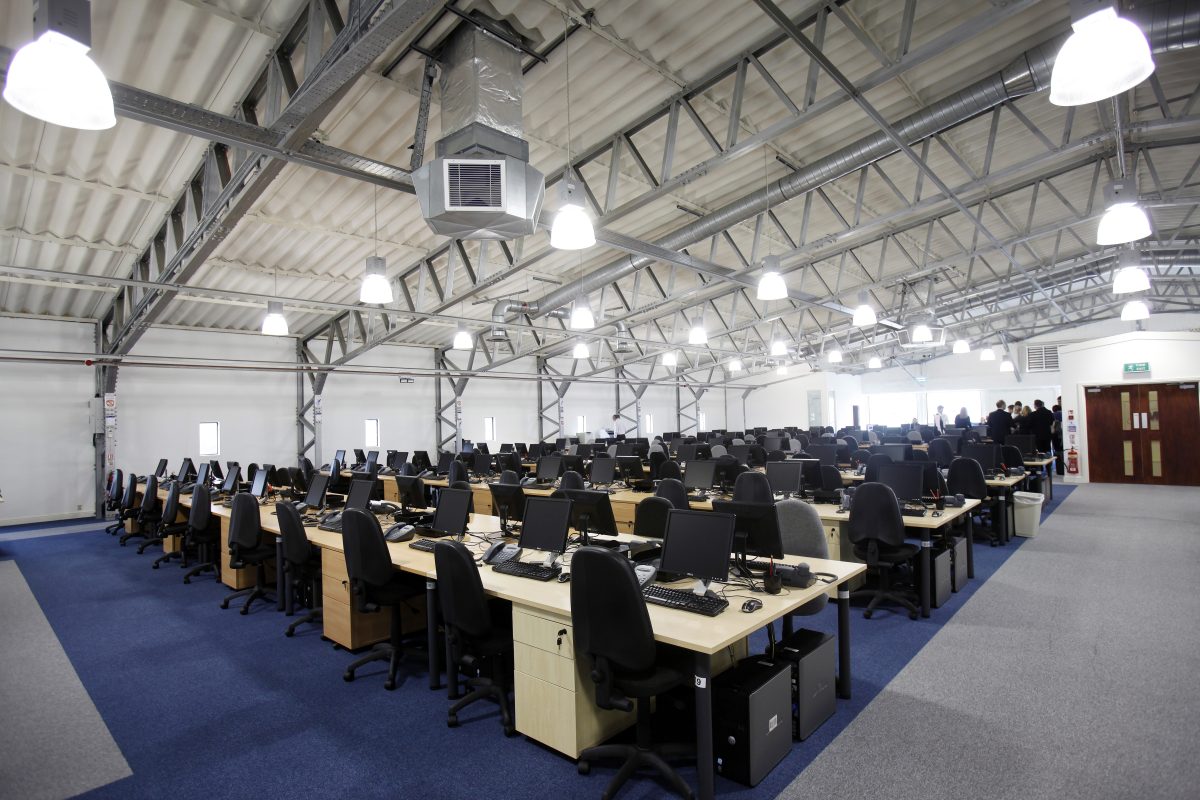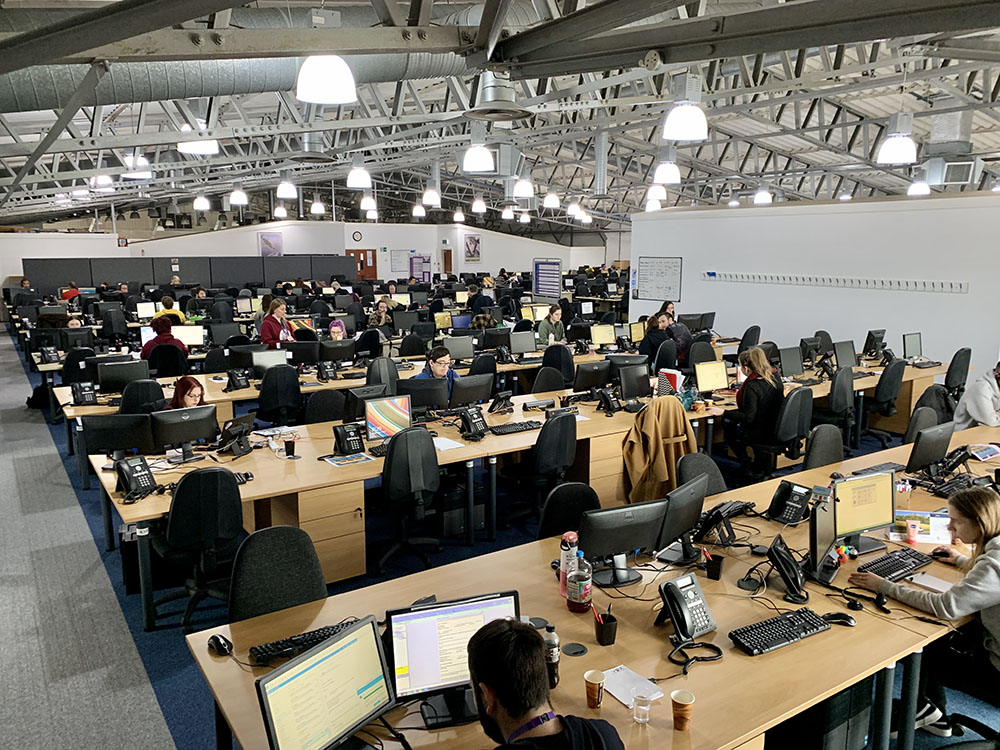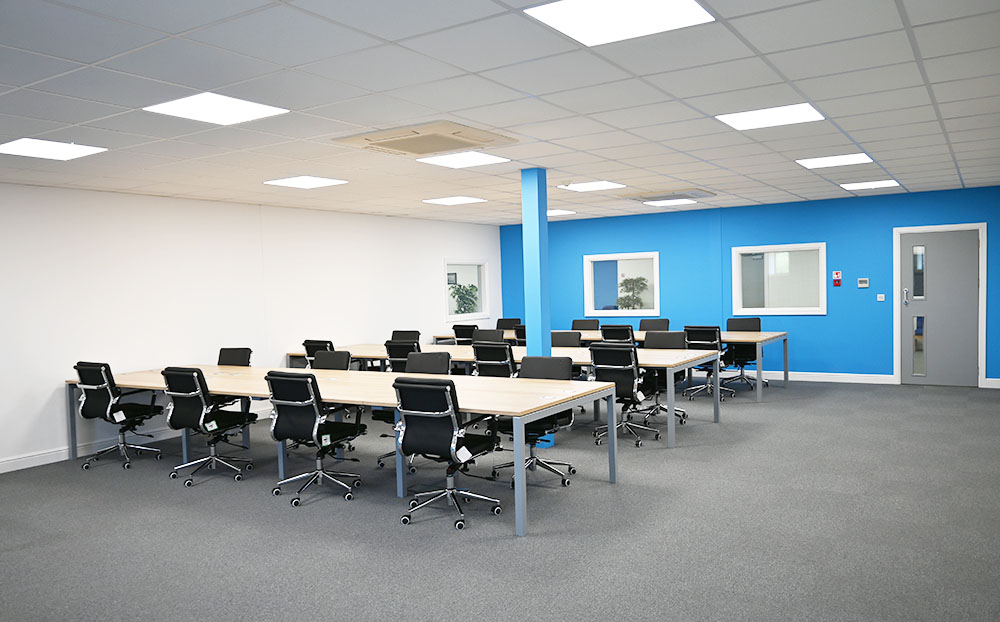In today’s fast-paced business environment, disruptions can occur unexpectedly, from natural disasters and cyber-attacks to pandemics and power outages. The ability to bounce back from these disruptions is crucial for any organisation. This is where workplace recovery comes into play. In this blog post, we’ll explore what workplace recovery entails, its importance, key components, and best practices to ensure your business remains resilient in the face of adversity.
What is Workplace Recovery?
Workplace recovery refers to the strategies, plans, and processes put in place to ensure that a business can continue its operations or quickly resume them after a disruption. It encompasses everything from data recovery and restoring IT infrastructure to ensuring employees can continue their work in a safe environment.
The Importance of Workplace Recovery
- Business Continuity: Ensuring that critical business functions can continue or be quickly resumed after a disruption is vital for maintaining service delivery, customer trust, and revenue flow.
- Risk Management: Proactively preparing for potential disruptions minimises the impact on operations, helping to mitigate financial losses and reputational damage.
- Employee Safety and Morale: Providing a clear plan for workplace recovery ensures employees know their safety is a priority and reduces anxiety about job security during disruptions.
- Compliance and Legal Obligations: Many industries are subject to regulations requiring robust business continuity and disaster recovery plans. Compliance ensures legal protection and operational integrity.
Key Components of Workplace Recovery
- Risk Assessment and Business Impact Analysis (BIA): Identify potential threats and assess their impact on business operations. Understanding which functions are critical helps prioritise recovery efforts.
- Disaster Recovery Plan (DRP): Focuses on the restoration of IT systems and data. This includes backups, data recovery procedures, and ensuring the availability of critical software and applications.
- Business Continuity Plan (BCP): A broader plan that covers all aspects of business operations, ensuring that critical functions can continue during and after a disruption. This includes communication strategies, resource allocation, and alternative work arrangements.
- Workplace Recovery Sites: These are alternative locations where employees can continue to work if the primary workplace is unavailable. These can be dedicated recovery centres, temporary office spaces, or remote working arrangements.
- Crisis Management Team: A dedicated team responsible for implementing the recovery plans, making decisions during a crisis, and communicating with employees, customers, and stakeholders.
Best Practices for Effective Workplace Recovery
- Regular Testing and Drills: Conduct regular testing of your recovery plans through simulations and drills. This helps identify weaknesses and ensures that employees are familiar with the procedures.
- Updating Plans: Keep your recovery plans up-to-date to reflect changes in business operations, technology, and external threats. Regular reviews and updates are essential for maintaining effectiveness.
- Employee Training and Awareness: Ensure all employees are aware of the recovery plans and their roles within them. Regular training sessions and clear communication are key.
- Leverage Technology: Use technology solutions such as cloud computing, virtualisation, and data replication to enhance your recovery capabilities. Modern tools can significantly reduce downtime and improve recovery efficiency.
- Third-Party Partnerships: Consider partnering with third-party recovery service providers who can offer additional resources, expertise, and facilities to support your recovery efforts.
Workplace recovery is a critical component of business resilience. By understanding the importance of recovery planning, identifying key components, and following best practices, organisations can ensure they are well-prepared to handle disruptions and maintain continuity. In a world where unpredictability is the norm, a robust workplace recovery plan is not just a necessity but a strategic advantage.
For businesses aiming to thrive despite uncertainties, investing in comprehensive workplace recovery strategies is a step towards securing a stable and prosperous future.





